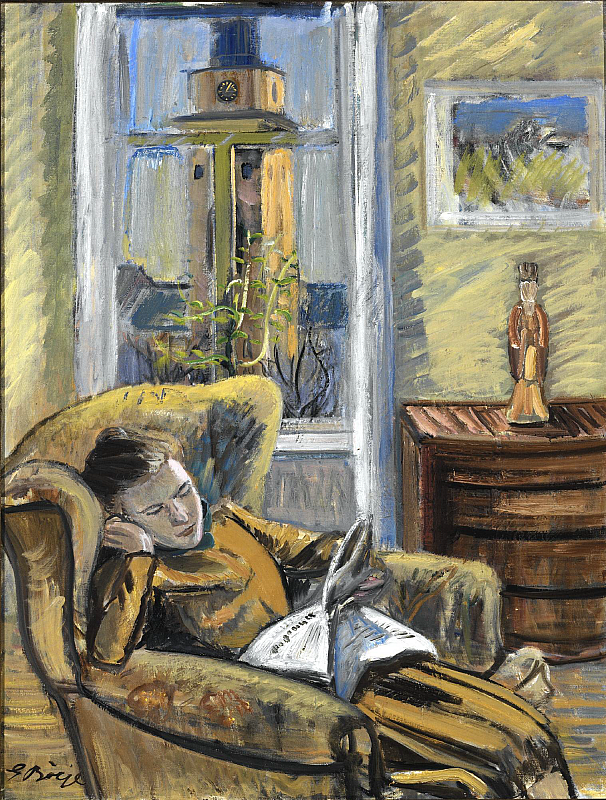via
Henry Nelson O'Neil (1817-1880) est un peintre et écrivain anglais.
Henry Nelson O'Neil (1817-1880) was an historical genre painter and minor Victorian writer. He worked primarily with historical and literary subjects, but his best-known paintings dealt with the Indian Mutiny. Eastward, Ho!, dated August 1857 but exhibited the following year, depicts the British troops embarking for India. A second painting, Home Again (1859), shows the troops returning to England. He also had popular successes with romantic scenes portraying the deaths of Mozart and Raphael, depicted as though mentally transported to heaven by their own religious art. In The Last Moments of Mozart the dying composer listens to singers performing part of his Requiem. The Last Moments of Raphael shows the painter contemplating the unseen figure of Christ in his Transfiguration.























